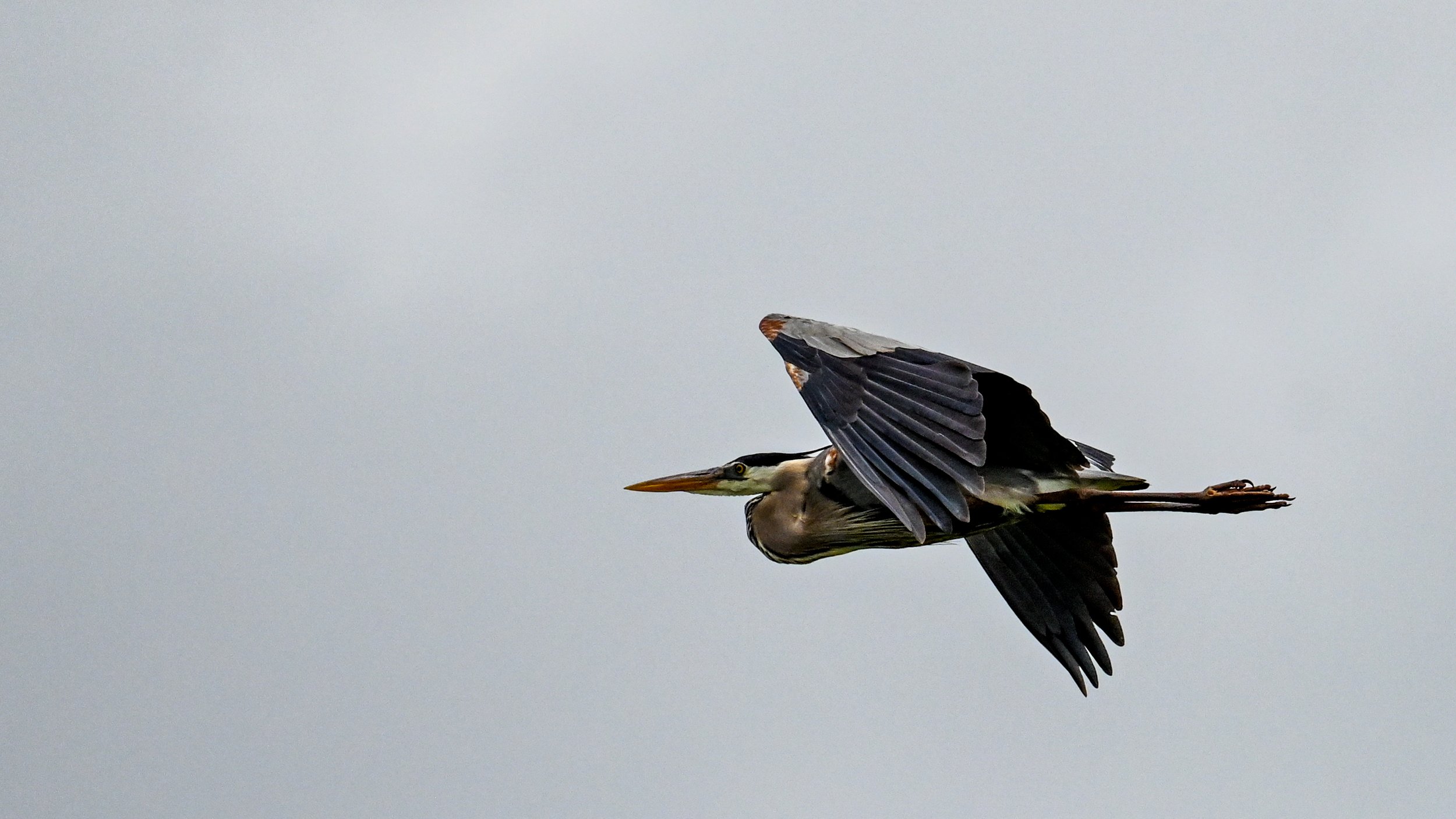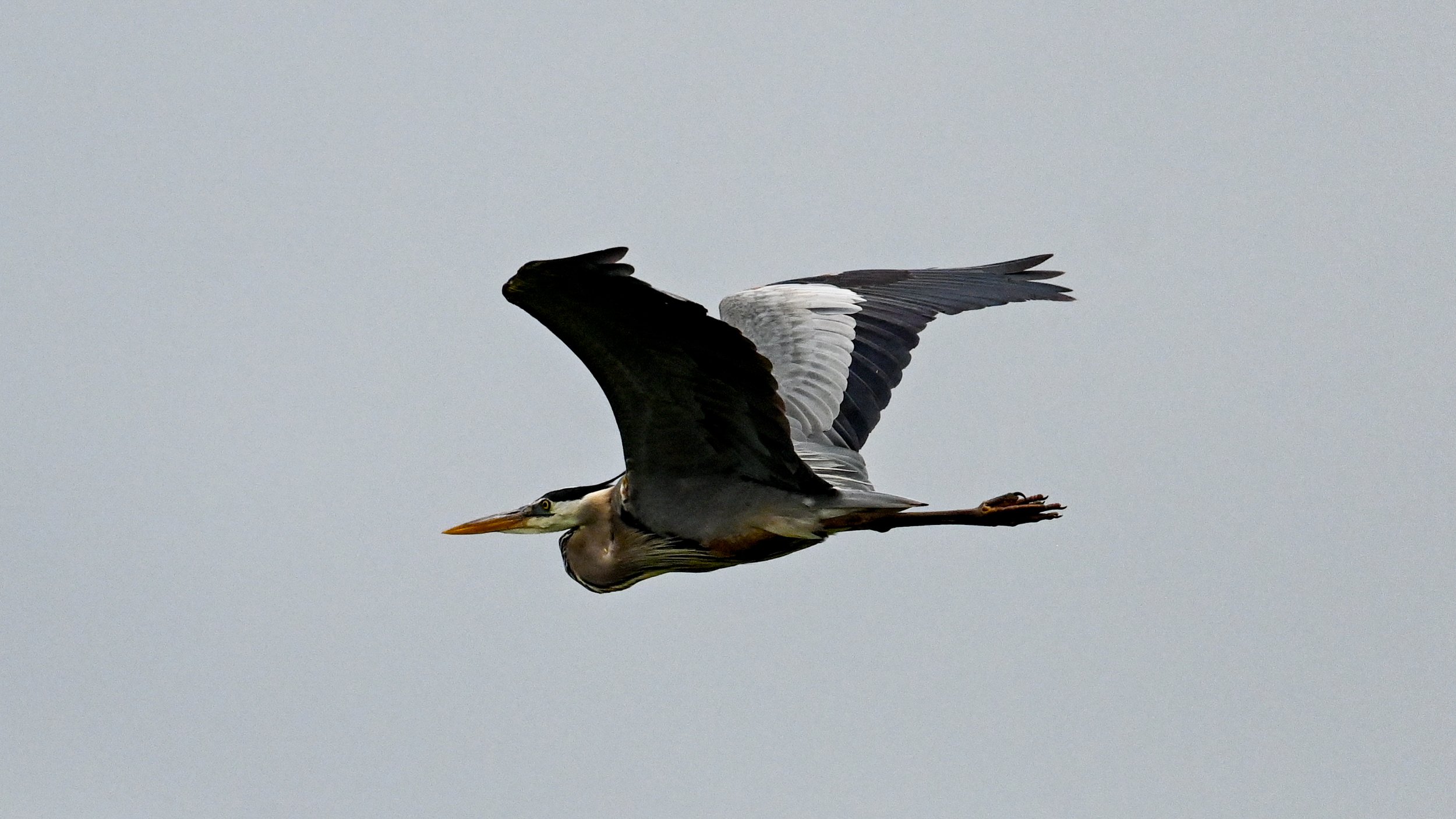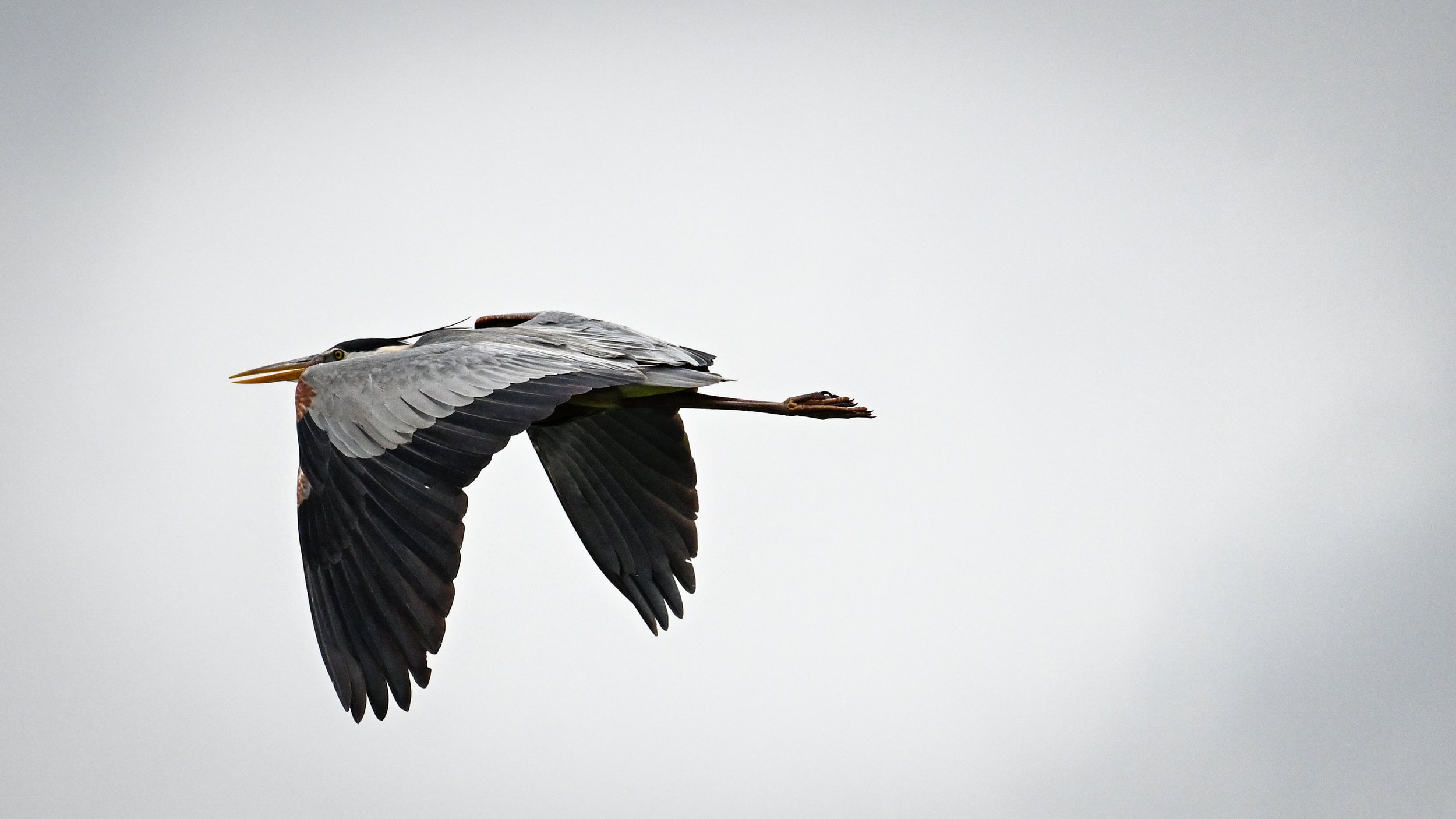About the Cover…
About the Cover…
Horace’s Duskywing on Blue Curls
Betsy Cross
It was a gray afternoon last week when I visited Warbler Woods Bird Sanctuary for the first time. In addition to three small permanent ponds and over 80 acres of woodlands, Warbler Woods has 40 acres of open grassland with wildflower meadows full of mealy blue sage, Indian blanket, golden-wave, and a few white prickly poppies. Numerous feeding and watering stations for wildlife are placed along well managed trails across the property. This healthy ecosystem of native vegetation and diverse habitat south of New Braunfels, Texas, supports over 288 documented species of birds (40 species of warblers) and a variety of mammals, reptiles, amphibians, butterflies, and other insects. To see a current list of documented birds go to the Warbler Woods Bird Sanctuary eBird site.
Although my afternoon visit wasn’t an ideal time of day for birding, I still saw a variety of birds and hundreds of butterflies in this beautiful landscape. My favorite photo of the day was this month’s Hays Humm cover photo of a Horace’s Duskywing on Blue Curls. Here’s a little more about these these two natives:
Horace’s Duskywing (Erynnis horatius) is a small butterfly with a wingspan measuring 1 7/16 - 1 15/16 inches. Adults prefer woodlands and edges—clearings, fence rows, wooded swamps, power-line right-of-ways, open fields, and roadsides.
Caterpillars are hosted by both red and white oaks, including willow oak (Quercus phellos), northern red oak (Q. velutina), scrub oak (Q. ilicifolia), water oak (Q. nigra), post oak (Q. stellata), and live oak (Q. virginiana). Females will deposit a single egg on new growth of the host plant. Caterpillars feed on the young leaves and rest in leaf nests. Butterflies and Moths of North America
Blue Curls (Phacelia congesta) is a leafy annual or biennial flowering plant, which grows 1-3 feet tall. Purple to lavender-blue flowers are numerous in slender, coiled clusters. The curled buds look like tentacles of an octopus. As the tiny bell shaped flowers open, the curled stems gently unroll.
Blue curls blooms from March through May and does best if sheltered from the west sun. Plants are easy to grow from seed sown in the fall. They are useful in the landscape as ornamentals, especially in large colonies, and they are a good source of pollen and nectar for butterflies and bees. They are reported to be highly deer resistant. Lady Bird Johnson Wildflower Center and Native American Seed Company
Warbler Woods Bird Sanctuary Gallery
April 19, 2023
This hawk escorted me on my drive into Warbler Woods, almost as if it were there to welcome me. It crossed my path again as I approached the gate to leave.
Nashville Warbler
Black-chinned Hummingbird
Painted Bunting
White-crowned Sparrow
A female Black-chinned Hummer sits in her nest near the parking area.
A female Southern Dogface deposits a single egg on the underside of a host plant.
A Great Blue Heron takes off at Scout Pond
Worth the Price of a Donation
Warbler Woods Bird Sanctuary is a privately owned 124-acre property designated as a 501c3 nonprofit. It is open to the public, but prior arrangements are required. Complete their online request form to confirm a visit.
Warbler Woods is located about 12 miles south of New Braunfels, Texas, in Guadalupe County. It is a 30 minute drive from San Marcos, about the same as my drive from San Marcos to Jacob’s Well in Wimberley.
If you request a visit to Warbler Woods, review their website to prepare for your time there. Print their trail map and their bird checklist in advance, review their history and mission, look at their eBird site to see up-to-date sightings, and most importantly, don’t forget to support this nonprofit by making a donation to their cause. A visit to Warbler Woods is well worth the price of your donation.




